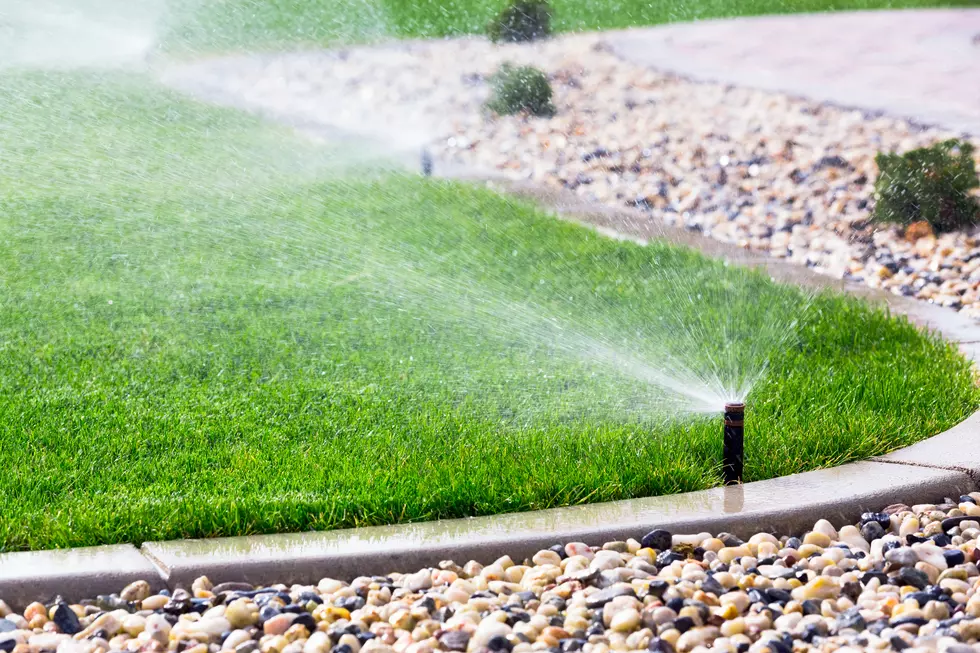
National Poison Ivy Day – What You Need to Know
A specific day for National Poison Ivy Day is not true yet, but the unofficial day is the final Saturday in June.
Now, I imagine that the most recent Google search that you did to find out if this is true can't be found or led you back here, but Bob Coward, owner of The Cowardly Gardeners and host of the Garden Show, and I have been looking to create an official day for it. We technically are not celebrating the existence of the itchy weed. We are just looking to provide awareness on the plant that can either be a hindrance in your landscape or something you will come across this summer, especially with the 4th of July holiday coming, and how to avoid it.
How to Determine Poison Ivy
Trying to identify poison ivy in your yard can be extremely difficult. According the Michigan State University Extension, poison ivy "can be a bit of a chameleon". The biggest confusion is that they poison ivy plant can be looked at as either boxelder or Virginia creeper. One thing is for certain is that you should look at the leaves (from a distance -don't touch them). The leaflets come in compound form with three leaves. Each leaf is anywhere between two-to-five-inches in length, turning from green in the spring to scarlet red in the fall. The leaves are also thicker along the sides that they are at the end.
The other added confusion is that poison ivy can be lumped in with poison oak and poison sumac. The Food and Drug Administration has a great resource to identify each plant. One more added test to identifying poison ivy comes from the extension at the University of Maryland.
Is It Contagious?
Thankfully no. The reason why some people think it is contagious is the oily resin that poison ivy emits and how easy it can be transferred. The MSU Extension has identified the resin as urushoil. It causes skin rashes to humans once touched. Depending on the person, they may become more sensitive to the resin depending on overexposure or repeated exposure to it. Even worse, don't burn poison ivy at all costs. The smoke also contains the oily substance and can irritate the lungs, nasal passages, skin and eyes.
How to Get Rid of Poison Ivy
The FDA has a few tips and it looks like trimming and cutting is the best and cost-effective way to get rid of the plant. In order to attack it, you must wear long sleeves and pants that are tucked in your boots. Your hands should be covered with impermeable gloves. After cutting, wash your tools and gloves. If you come in contact without proper attire, wash your skin with soap and cool water as soon as possible. If your pet may have run through a batch of poison ivy, be sure to wash them while wearing rubber gloves and use shampoo.
Of course, the other option is use goats. They are one of few animals that are not affected by urushoil and helpful in cleaning out several areas of brush. Deer and roughly 60 species of birds also like to eat the berries that poison ivy produce, according to the MSU Extension. Especially in birds, the seeds are not digested and left behind in their excrement, leading to the spread of the plant.
Poison Ivy Treatment
The FDA has a list of things that can help cure you if you come across poison ivy and if the resin makes it on to your skin. The key is to not scratch your skin if blisters persist. The first thing is to use wet, cold compresses or soak in cool water. Over-the-counter corticosteroids can be used either in topical (cream) or orally. Other over-the-counter topicals such as zinc acetate, zinc carbonate, zinc oxide or calamine (the long-time favorite) help dry the blisters while baking soda helps relieve minor irritation.
If rashes persists over a few weeks, spreads to other parts of your skin, eyes and mouth, become sensitive and contain pus, you have difficulty breathing or a temperature above 100-degrees Fahrenheit, contact a doctor.

More From WBCKFM









